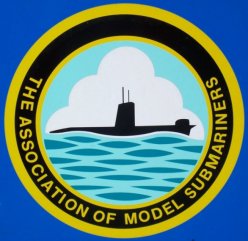Can anyone tell me, is it possible to fit some sort of device to my Robbe F-14 tx to allow me to switch between crystals without having to physically remove the back case, remove crystal 1 and replace it with crystal 2?
I use the F-14 with crystal 1 on my Neptune and crystal 2 on my Deep Quest submersible, and it would be much easier just to be able to flick a switch to change over.
I use the F-14 with crystal 1 on my Neptune and crystal 2 on my Deep Quest submersible, and it would be much easier just to be able to flick a switch to change over.





» Futaba -868/915mhz equipment
» Darnell type 21 submarine, need some help
» Robbe Seawolf V2
» bladder bags
» WW2 mini sub build
» Peral Submarine of 1888
» U-Boat R/C?
» Cheap Arduino Auto leveler